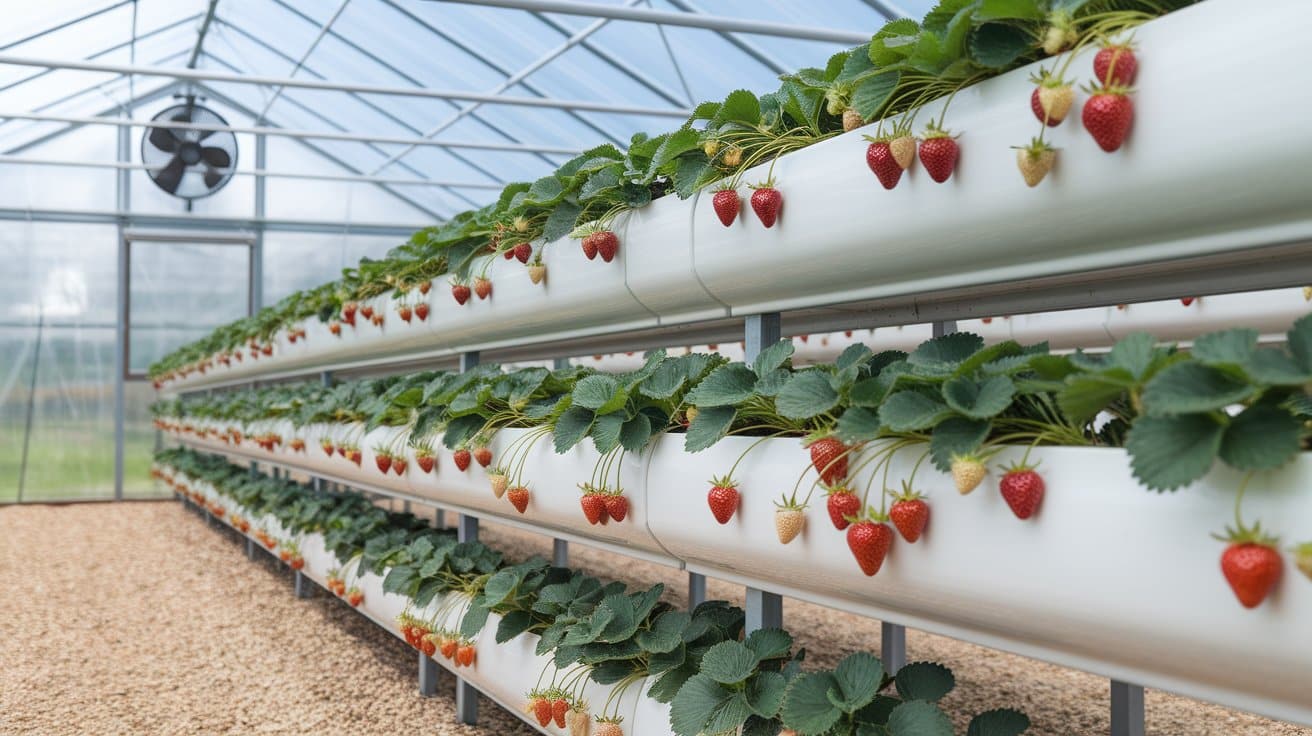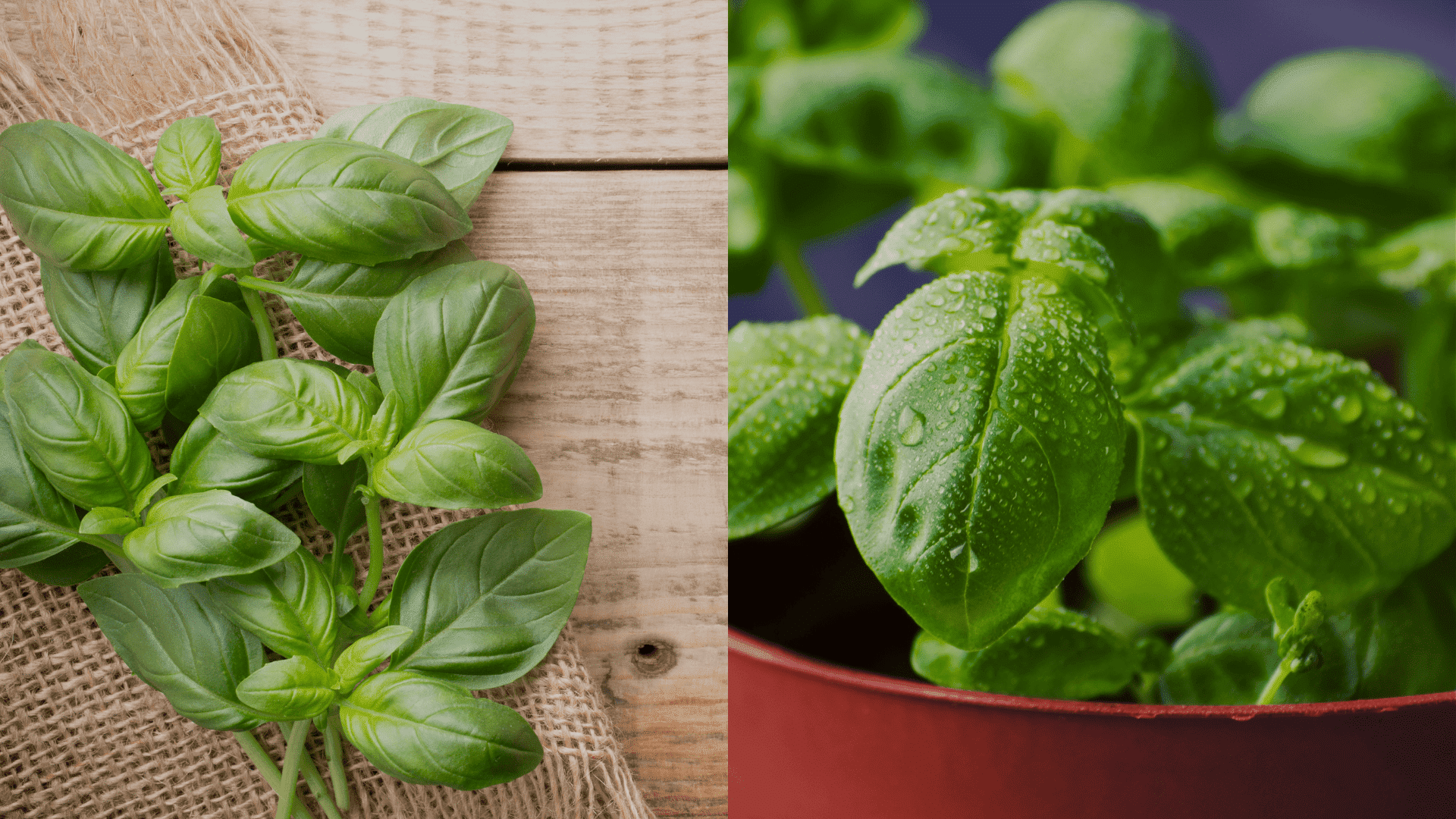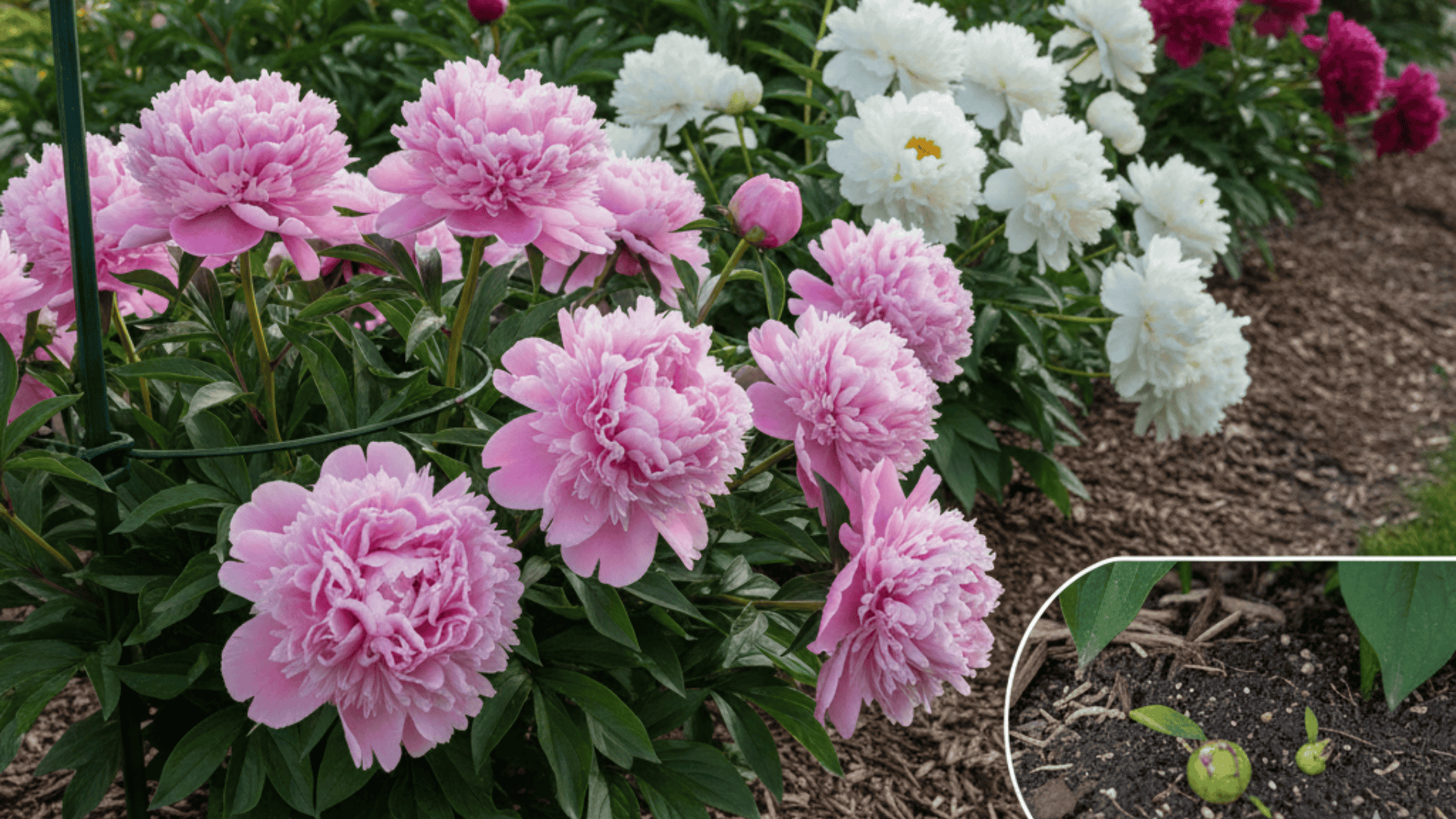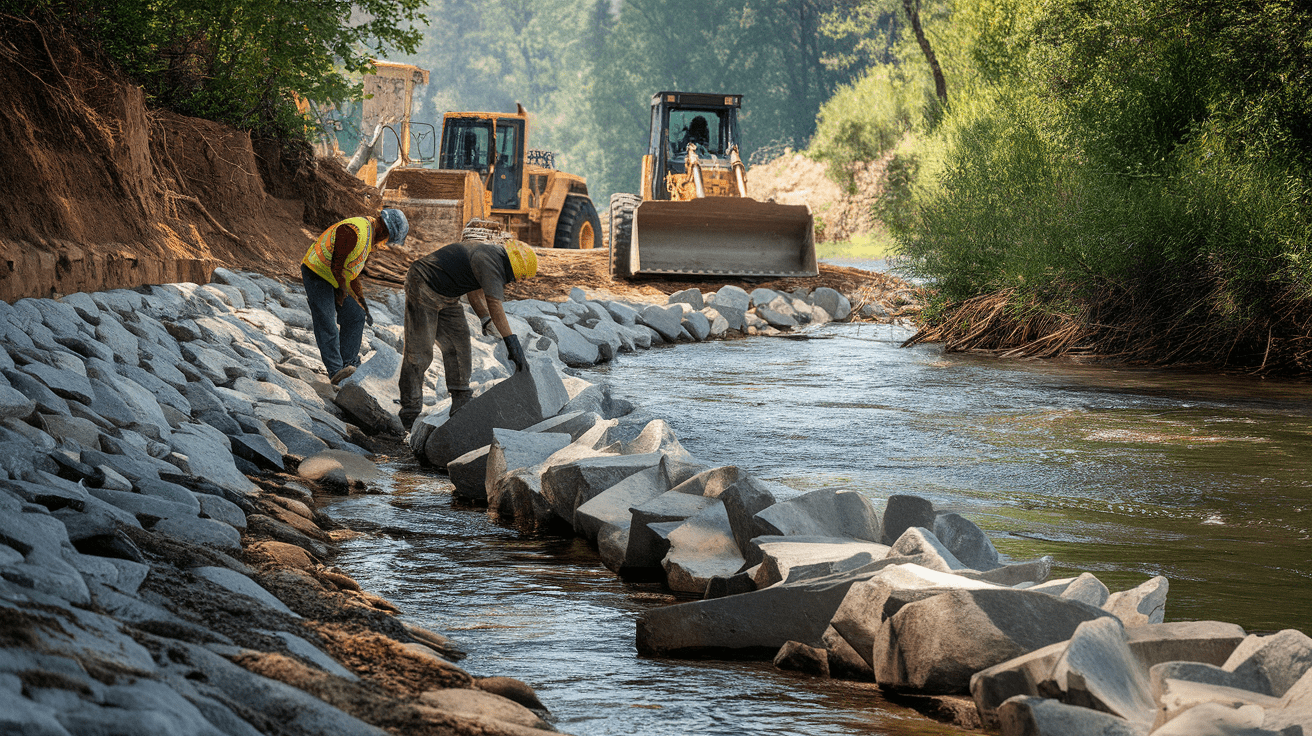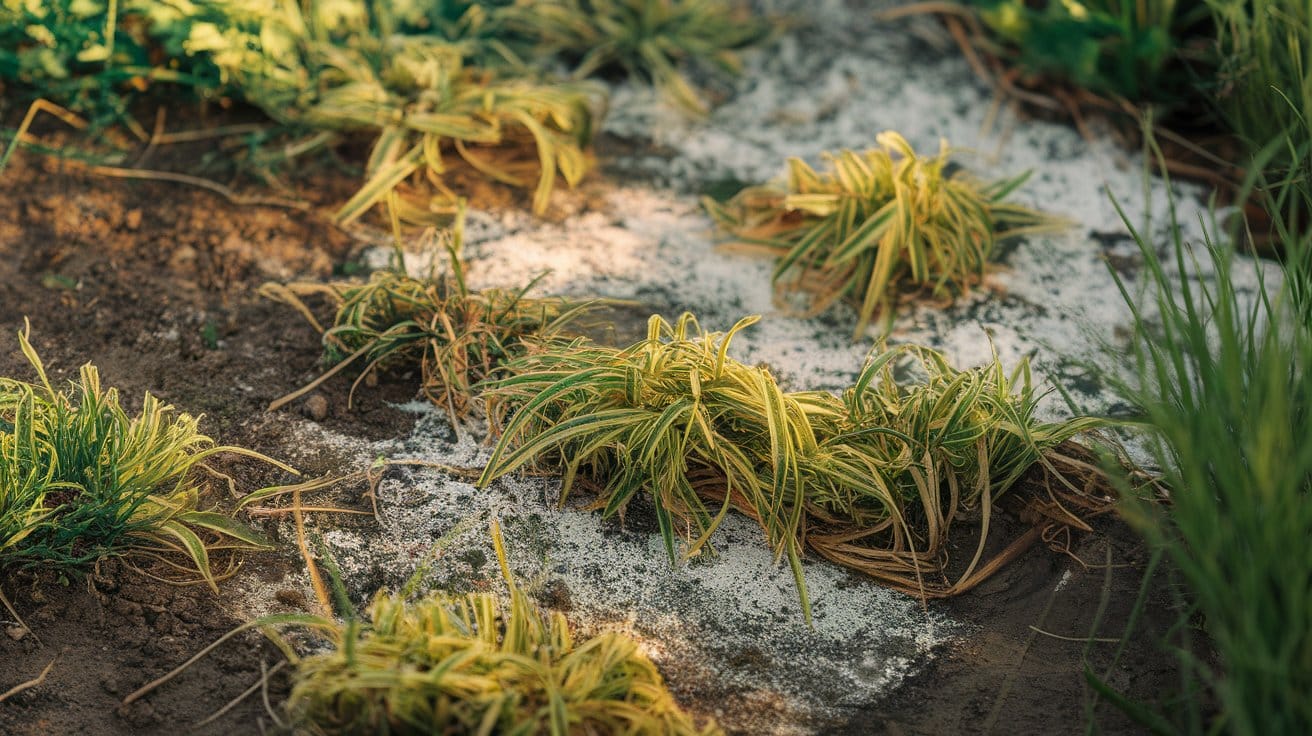Peonies are a true garden gem, and their beauty starts with proper care, especially choosing the right fertilizer.
These beautiful flowers require the right balance of nutrients to produce impressive blooms.
Without the proper fertilizer, peonies may not reach their full potential, leading to lackluster flowers or poor growth.
The right fertilizer provides needed nutrients like nitrogen, phosphorus, and potassium, helping peonies develop strong roots and vibrant petals.
Choosing the right fertilizer for your peonies helps them bloom at their best, filling your garden with bright, beautiful flowers year after year.
Why Do Peonies Need Special Fertilizer?
Peonies have unique nutritional needs that set them apart from other garden plants and require specific nutrients to develop strong roots, healthy foliage, and abundant blooms.
Nitrogen helps peonies grow lush green leaves and sturdy stems, while phosphorus supports root development and flower formation.
Potassium strengthens the plant’s overall health and disease resistance, and unlike annuals that need frequent feeding, peonies prefer a balanced approach.
Peonies grow best with a balanced fertilizer that gives them consistent nutrition all season long, and it’s important to pick fertilizers made for flowering plants, not ones meant for grass.
8 Best Peony Fertilizer
These fertilizers are made to provide important nutrients for optimal growth, strong roots, and vibrant blooms.
These products, offered in both organic and synthetic forms, help peonies grow strong and produce vibrant blooms every season.
1. Espoma Organic Bone Meal
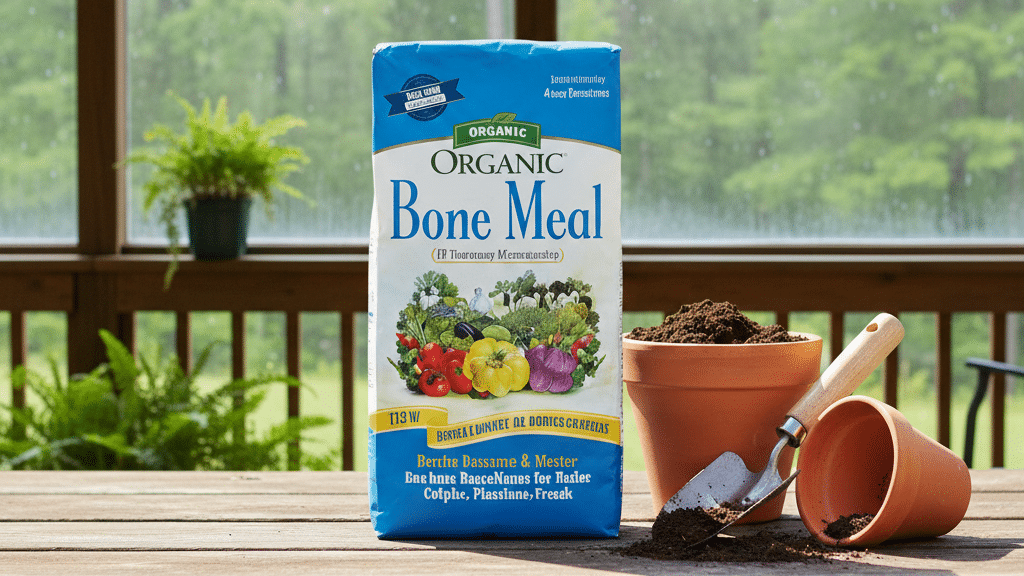
Espoma Organic Bone Meal is an organic fertilizer rich in phosphorus,
ideal for encouraging strong root growth and healthy blooms.
Its slow-release organic formula nourishes peonies gradually, improves soil quality, and supports long-term plant health.
2. Burpee Bone Meal Fertilizer
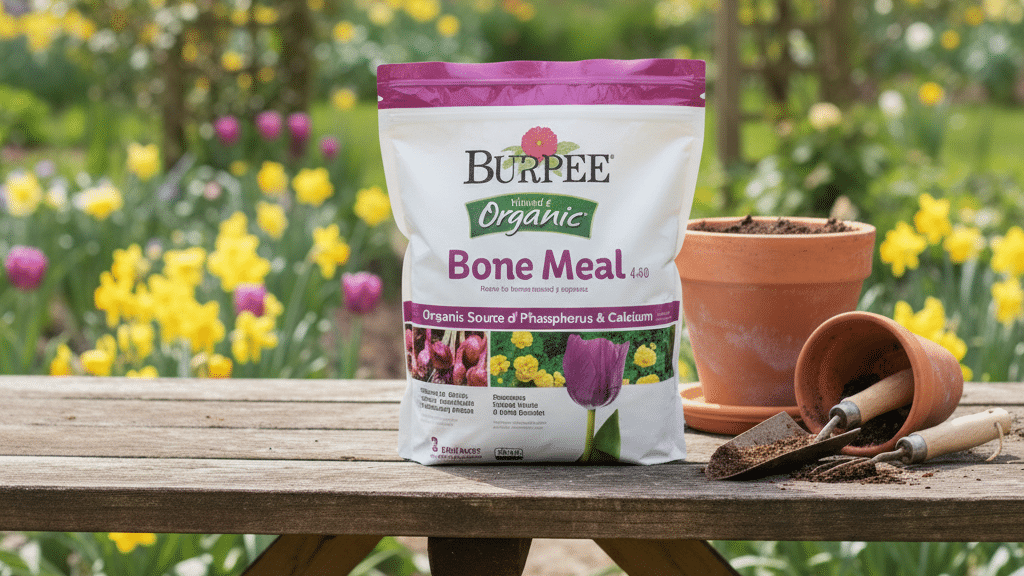
Burpee Bone Meal Fertilizer is an organic fertilizer that delivers concentrated phosphorus to strengthen roots and stimulate flower formation.
The slow breakdown of this organic formula ensures steady nutrition and improves soil structure naturally.
3. Lilly Miller Bulb & Bloom Food
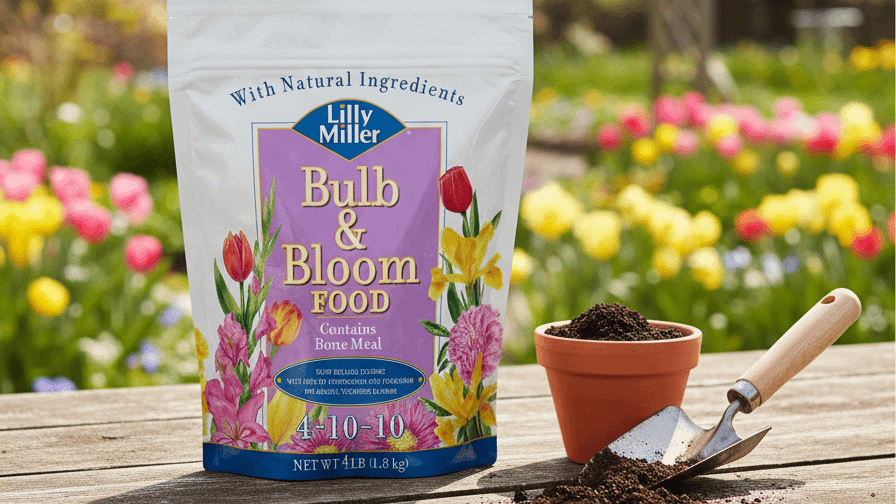
Lilly Miller Bulb & Bloom Food is a slow-release organic fertilizer designed for flowering perennials.
It supplies essential nutrients for balanced growth, promoting lush foliage and vibrant blooms throughout the growing season.
4. Jack’s Classic 10-30-20 Blossom Booster
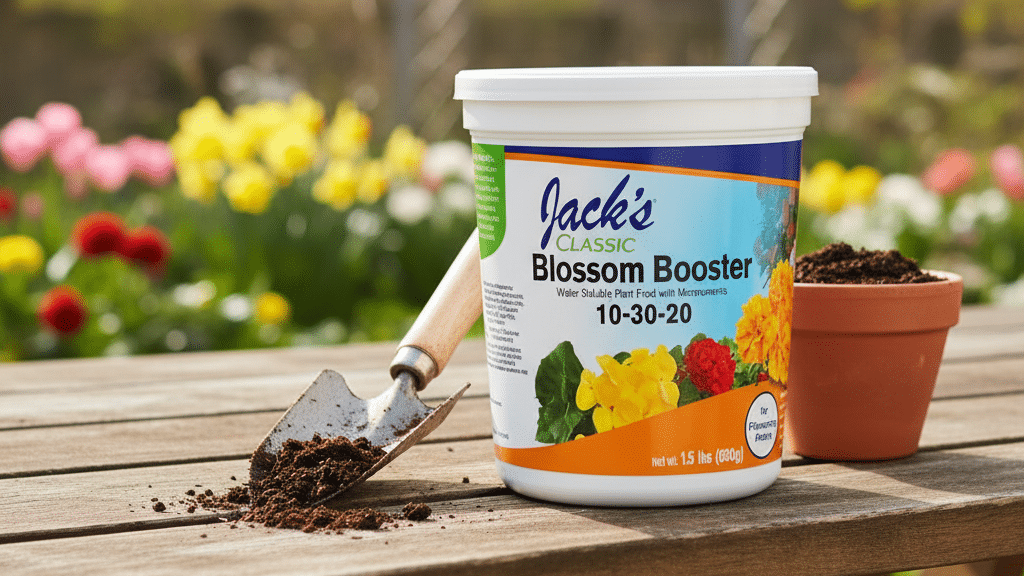
Jack’s Classic 10-30-20 Blossom Booster is a synthetic fertilizer with a high phosphorus formula that promotes robust flowering.
Its water-soluble synthetic nutrients provide rapid uptake, supporting peony blooms and strong stems.
5. Miracle-Gro Bloom Booster Flower Food
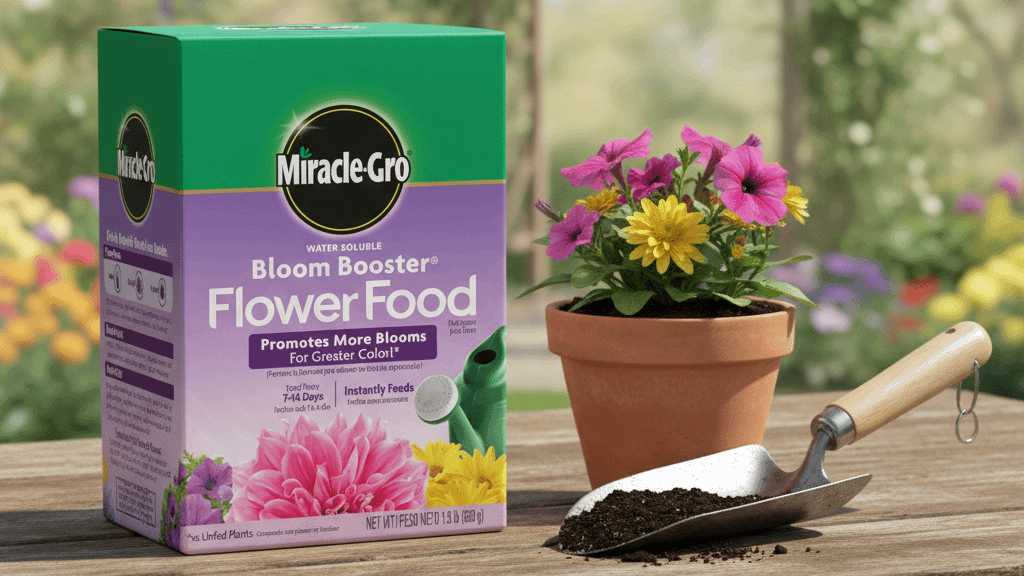
Miracle-Gro Bloom Booster is a synthetic fertilizer that gives fast nutrition through a water-soluble formula.
Added micronutrients like iron and manganese support overall plant health and help produce vibrant, full blooms.
6. Down to Earth Organic Bone Meal Fertilizer
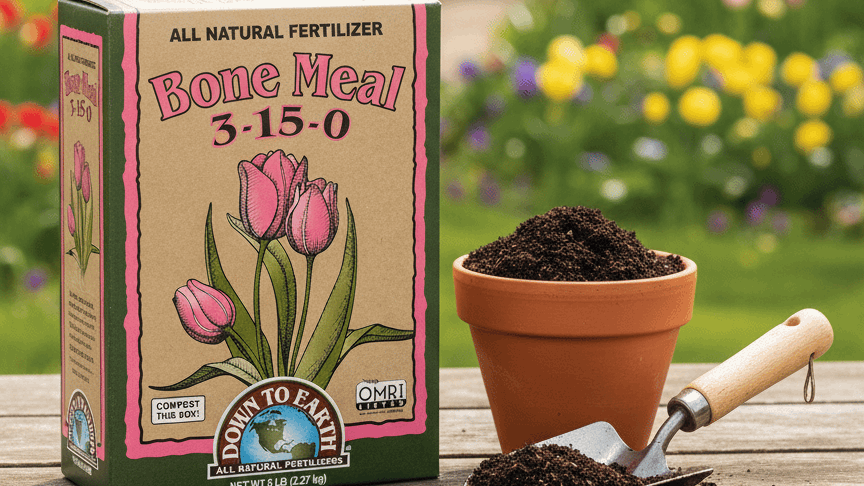
Down to Earth Bone Meal is an organic fertilizer supplying phosphorus and calcium to strengthen roots and improve flower quality.
Its slow-release nutrients encourage steady growth while enhancing soil fertility.
7. Osmocote Smart-Release Plant Food Flower & Vegetable
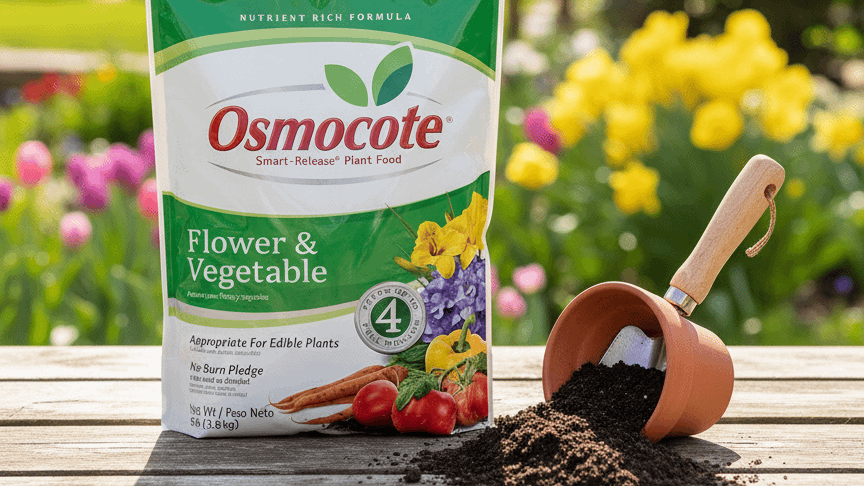
Osmocote Smart-Release Plant Food is a synthetic fertilizer that uses polymer-coated granules to feed peonies gradually over six months.
Its balanced nutrients support root, foliage, and flower growth evenly.
8. Dr. Earth Organic Bud & Bloom Booster
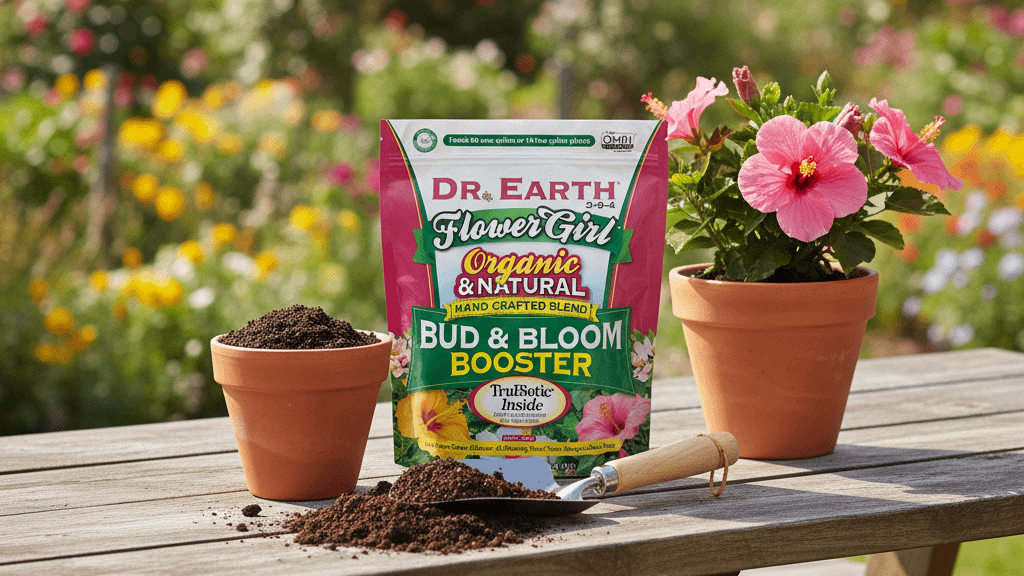
Dr. Earth Bud & Bloom Booster is an organic fertilizer designed to promote bud development and flowering.
Enriched with beneficial microorganisms, it enhances soil health, strengthens stems, and encourages long-lasting blooms.
How to Apply Fertilizer to Peonies for Best Results?
Proper application timing and technique are key to achieving vibrant, healthy peonies.
The steps below will help achieve the best results when applying fertilizer to your plants.
Step 1: Apply fertilizer in early spring when new shoots emerge from the soil. This is typically March or April in most U.S. regions.
Step 2: Sprinkle granular fertilizer around the base of each plant, staying 6 inches away from the stems. This prevents root burn and ensures even distribution.
Step 3: Work the fertilizer into the top 2-3 inches of soil using a cultivator or rake. Avoid deep digging that might damage shallow roots.
Step 4: Water thoroughly after application to help nutrients reach the root zone. Apply 1-2 inches of water to soak the entire root area.
Step 5: Consider a second light application after blooming finishes. This supports root development and next year’s flower formation.
Video Tutorial
I want to acknowledge Savvy Gardening for the insightful video, which was a key reference in putting this section together.
Organic vs. Synthetic Fertilizer
Compare the benefits of organic and synthetic fertilizers in terms of plant nutrition, growth speed, and soil improvement to determine which is best for peonies.
| Fertilizer Type | Nutrient Release | Pros | Cons |
|---|---|---|---|
| Organic | Slow (released by microorganisms) | – Improves soil structure and water retention – Feeds beneficial soil organisms – Reduces risk of fertilizer burn – Safe around children and pets |
– Slower initial results – Higher cost per application – Requires more storage space |
| Synthetic | Immediate (plants can use right away) | – Fast-acting results – Precise nutrient control – Lower cost per application – Compact storage requirements |
– Potential for root burn if over-applied – No soil improvement benefits |
Tips for Growing Healthy Peonies
Proper fertilization supports strong growth, healthy roots, and vibrant blooms, ensuring peonies thrive throughout the growing season.
-
Timing: Apply fertilizer in early spring when new shoots emerge and again after blooming finishes.
-
Application Method: Sprinkle fertilizer around the base, staying 6 inches away from stems. Work it into the top 2-3 inches of soil.
-
Watering: Water thoroughly after application to help nutrients reach the root zone.
-
Avoid Over-Fertilizing: Excessive nitrogen can lead to lush foliage but fewer blooms.
-
Soil Testing: Consider testing the soil to determine nutrient needs before applying fertilizer.
Conclusion
Caring for peonies requires more than just choosing the right fertilizer; it’s about providing the proper balance of nutrients, consistent care, and an ideal growing environment.
Selecting the right fertilizer is crucial for peony health and bloom quality. While commercial fertilizers offer convenience and targeted nutrients
Homemade options like compost, bone meal, and manure provide natural, slow-release nourishment.
Combining these methods can enhance soil health and promote vibrant peonies.
Make your peonies bloom better with quality fertilizer.
Review the product recommendations given and consider natural, homemade options for healthier plants.
Frequently Asked Questions
When Should I Fertilize Peonies?
Fertilize peonies in early spring when new shoots appear, and again after blooming finishes to support root growth and future flower formation.
What Type of Fertilizer Is Best for Peonies?
A balanced fertilizer with equal parts nitrogen, phosphorus, and potassium (e.g., 10-10-10) is ideal for peonies, supporting healthy growth and vibrant blooms.
Can I Use Lawn Fertilizer on Peonies?
No, lawn fertilizers are high in nitrogen and may encourage excessive leaf growth rather than flowers. Use fertilizers designed for flowering plants like peonies for the best results.
How Often Should I Water Peonies?
Water peonies deeply once a week, providing about 1 inch of water to support strong root development and ensure healthy plant growth throughout the growing season.



